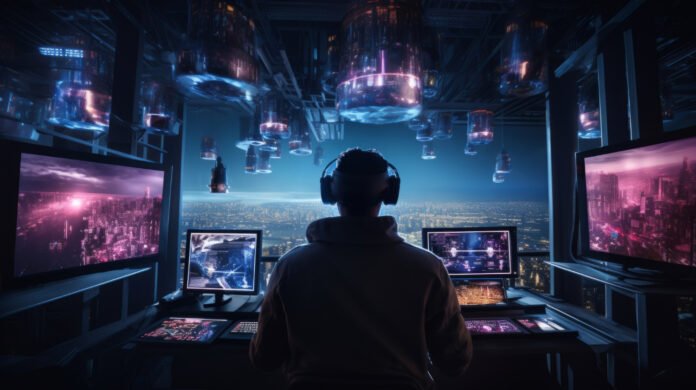VFX, or Visual Effects, is an exciting field that blends creativity with technology. It plays a significant role in industries like film, television, gaming, advertising, and even virtual reality. If you have a passion for art, technology, and storytelling, becoming a VFX artist might be the right path for you. In this article, we will explore the key steps to become a skilled VFX artist, including the necessary education, training, and career tips.
Understanding the Role of a VFX Artist
VFX artists are responsible for creating visual effects that enhance films, TV shows, video games, and advertisements. They work on tasks like creating realistic environments, generating explosions, transforming characters, and manipulating footage to produce stunning visuals. A VFX artist uses software tools to bring imagination to life, combining elements like 3D modeling, animation, compositing, and simulation to create breathtaking effects.
Getting the Right Education
While there is no one-size-fits-all route to becoming a VFX artist, having a solid foundation in the arts and technology is essential. Most VFX artists start by studying subjects like graphic design, animation, or computer science. Many universities and institutes offer degrees or diplomas in fields related to digital arts and animation.
Additionally, pursuing specialized courses in VFX can give you a deeper understanding of the techniques and tools used in this profession. There are various online platforms, as well as local institutions, where you can find VFX training that covers both the fundamentals and advanced skills needed in the industry.
Gaining Practical Skills
Becoming proficient in VFX requires hands-on experience. It’s important to learn the tools and software that professionals use in the field. Some of the most common software used by VFX artists includes Adobe After Effects, Autodesk Maya, Houdini, Nuke, and Blender. Mastering these tools will allow you to create high-quality effects and work on real-world projects.
In addition to software knowledge, understanding the principles of animation, lighting, and physics is crucial for creating realistic effects. You will need to know how to work with 3D modeling, textures, and simulations to make sure the effects look believable.
Building a Strong Portfolio
A portfolio is one of the most important tools for a VFX artist. It showcases your skills and creativity to potential employers. To build a strong portfolio, start by creating personal projects or collaborating with others on independent films or video games. Your portfolio should display your versatility, with examples of different types of visual effects, such as explosions, water simulations, or character transformations.
If you want to stand out, consider creating before-and-after breakdowns of your work. These will show potential employers how you approach different challenges and solve problems with your VFX skills.
Getting Hands-On Training
For those interested in refining their skills further, enrolling in a VFX training course can be highly beneficial. Training programs offer structured learning, allowing you to understand industry-standard workflows, learn from professionals, and get feedback on your work. If you’re located in a city like Udaipur, there are training institutes where you can learn the necessary techniques and gain hands-on experience under expert guidance.
While formal education and training are valuable, don’t forget the importance of self-learning. Many successful VFX artists dedicate time to experimenting with new techniques and software, learning from online tutorials, and staying updated on the latest trends in visual effects.
Building Industry Connections
Networking is essential in any creative industry. Attend workshops, seminars, and conferences related to VFX and animation. These events provide a great opportunity to meet professionals, learn from industry experts, and gain insight into the latest trends and technologies. Joining online communities and forums can also help you connect with other artists, exchange ideas, and get advice on building your career.
Starting Your Career
Once you have the right skills and a strong portfolio, the next step is to enter the industry. Many VFX artists start by working as interns or junior artists in studios, where they can gain valuable experience and learn from more senior professionals. Over time, with dedication and hard work, you can work your way up to more senior roles such as VFX supervisor or director.
Conclusion
Becoming a VFX artist requires dedication, creativity, and technical knowledge. Whether you choose to study at an institution or take specialized VFX training in Udaipur, it’s important to build a strong foundation, gain hands-on experience, and develop a portfolio that showcases your skills. With perseverance and passion for the craft, you can carve out a successful career in this exciting and ever-evolving field.


